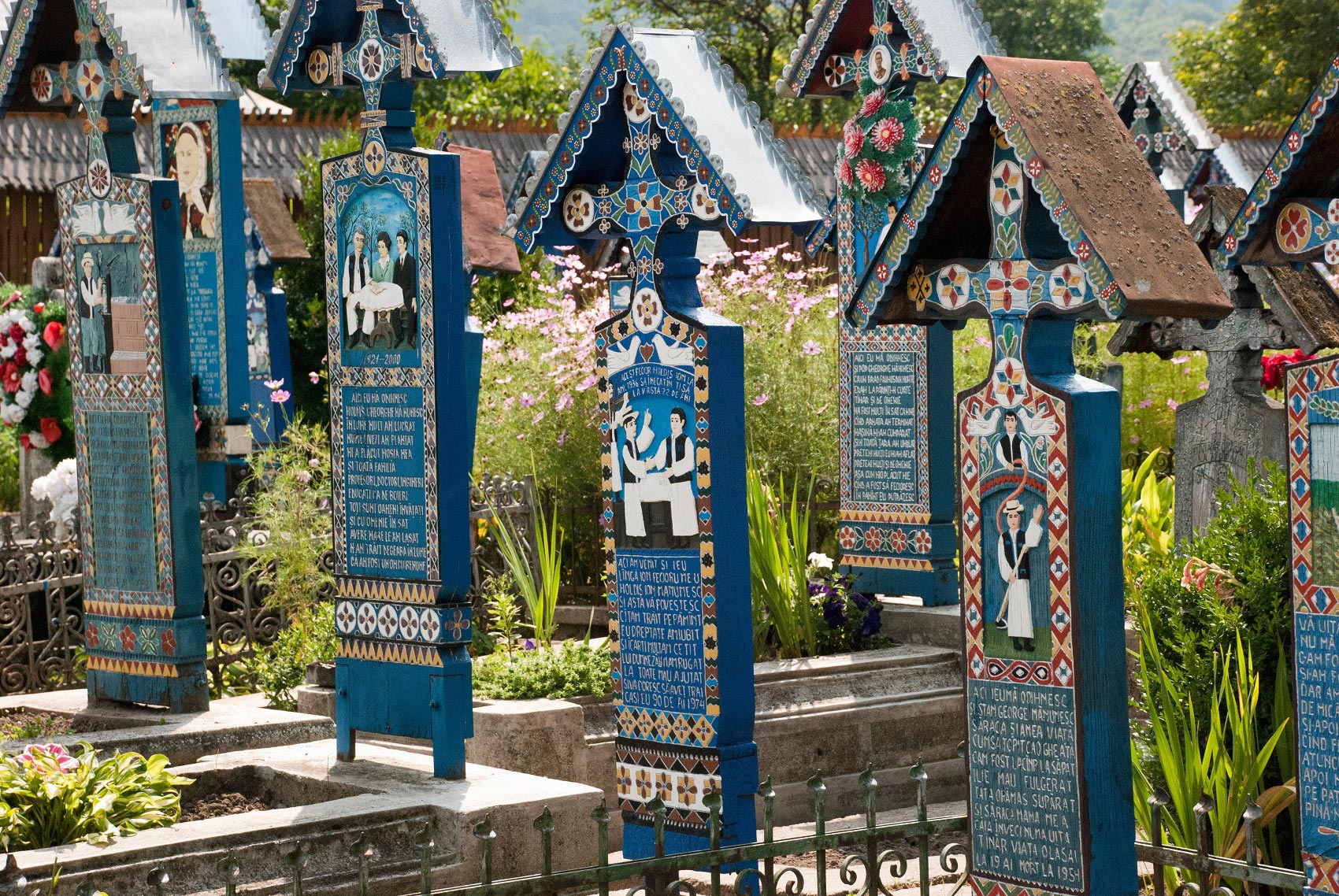Eastern Europe Romania
If you are looking for a destination where romantic and mysterious spirit of the Middle Ages is still being felt, you will never regret choosing Romania. The country offers a variety of unforgettable impressions and surprises the traveler from region to region with its authentic rustic landscapes. The macabre and bloodthirsty figure of the merciless general Vlad Tepes has become the Romanian symbol and how could it be otherwise when the recognition of the count Dracula is hard to be outmatched. However, during the trip you will see that Romania has much more to offer. Interior paintings and frescoes of Moldova monasteries, beautiful castles and fortified churches in Transylvania, centuries-old wooden churches in Maramaros create the vivid image of this land.
Day 1
Around noon, we reach Sibiu / Hermannstadt – founded by German settlers, the city is still the center of the “Transylvanian Saxons”. In architecture, Sibiu reminds old German cities. Even now the signposts and tourist information are labeled both in Romanian and German, though most of the German inhabitants have left the city for Germany. While walking in the city center, you get the impression of the European Capital of Culture in 2007. During a city tour, you can see the large and the small city ring, the Liar’s Bridge and the Protestant Cathedral.
Day 2
Right after breakfast, we start our trip across Transylvania. The name is self-explanatory and is translated as “country beyond the forests”. The region is also known by its German name “Siebenbürgen”, which goes back to the first German settlers. They settled here in the 12th century to erect here a bulwark with seven fortified towns against the Ottomans. Along the way, you will admire beautiful mountain landscapes, covered with ancient forests with abundant wildlife; legendary castles, allegedly full of werewolves and vampires; ancient Roman, Dacian and Scythian settlements, as well as modern villages with incredibly well-preserved traditions. For the traveler, it is a unique opportunity to make a time jump in the bygone epoch and to experience the ancient customs so closely.
The first point on our program for today is the multi-ethnic city of Targu Mures – a scientific and cultural center, as well as the “Hungarian” center of Romania. Numerous places in the city serve as an evidence of its multi-nationality – buildings from the time of the mayor György Bernady, the administrative district in Art Nouveau style, Palace of Culture built in the modernist style, typical of the late Austrian times, the Baroque building of the Teleki-Bolyai Library.
After lunch, we drive to Sighisoara to admire there a charming medieval castle, which belongs now to the UNESCO World Heritage. Particularly well-known is the clock tower of the castle. The house is supposed to be the birth place of the Wallachian prince Vlad Dracul, also known as Vlad Tepes (the Impaler). He was the one who served as a historic prototype for Bram Stoker’s main character in the novel “Dracula.” From the chapel of the Gothic church, we enjoy a breathtaking view over the city. In Sighisoara, the only remaining absolutely intact and inhabited medieval fortress of Eastern Europe, we stay for dinner and spend the night there.
Day 3
Right after breakfast, we head for Brasov / Kronstadt. Brasov is considered to be a city on the rise. Owing to its eventful history, the largest city in Transylvania has a lot to offer. Kronstadt was founded as a bastion of the South-Eastern Transylvania. The well preserved historic center is surrounded by hills and displays an integral medieval townscape. The Baroque Town Hall, rebuilt after the fire in 1698, is situated on the triangular (!) square. Quite close there is the Black Church from the 14-15th century. The largest Gothic religious building of Eastern Europe is the symbol of Brasov. Also, you will see the church of St. Nicholas with the elements of Gothic and Byzantine style.
Then, you will visit the world renowned Bran Castle. In the massive castle, commonly known as “Dracula’s Castle”, the head of the vampires is said to have gone on his wild rampage. It is still a controversial question, whether the Dracula prototype, Prince Vlad Tepes, has ever visited the castle in reality. Anyway, perched on a rocky cliff above a peaceful valley, the castle presents a rather creepy, but somehow also a beautiful spectacle.
In case you want to read the whole version, we will with pleasure send you it to your e-mail address. Just let us know! reise@entdecke.net
